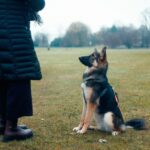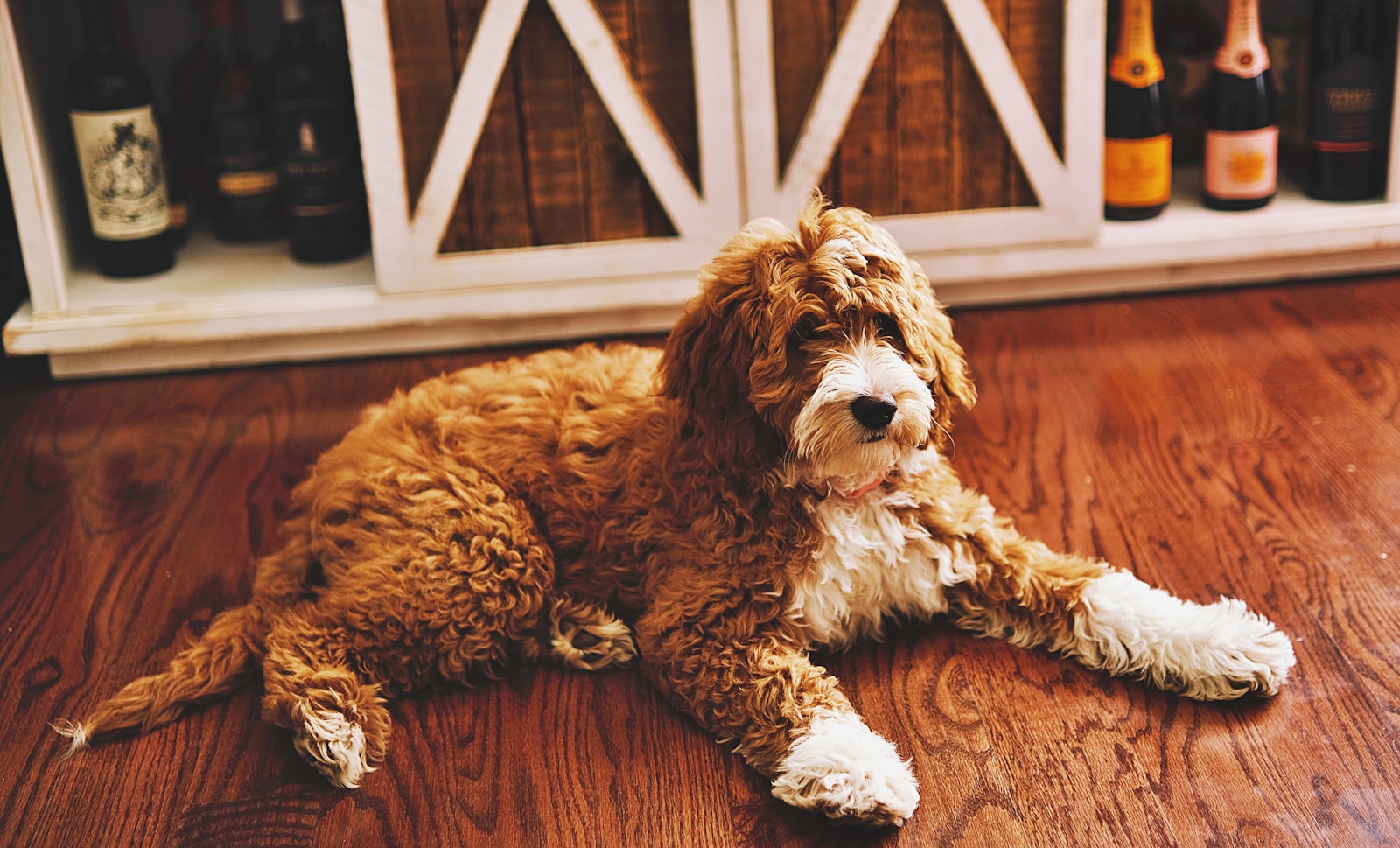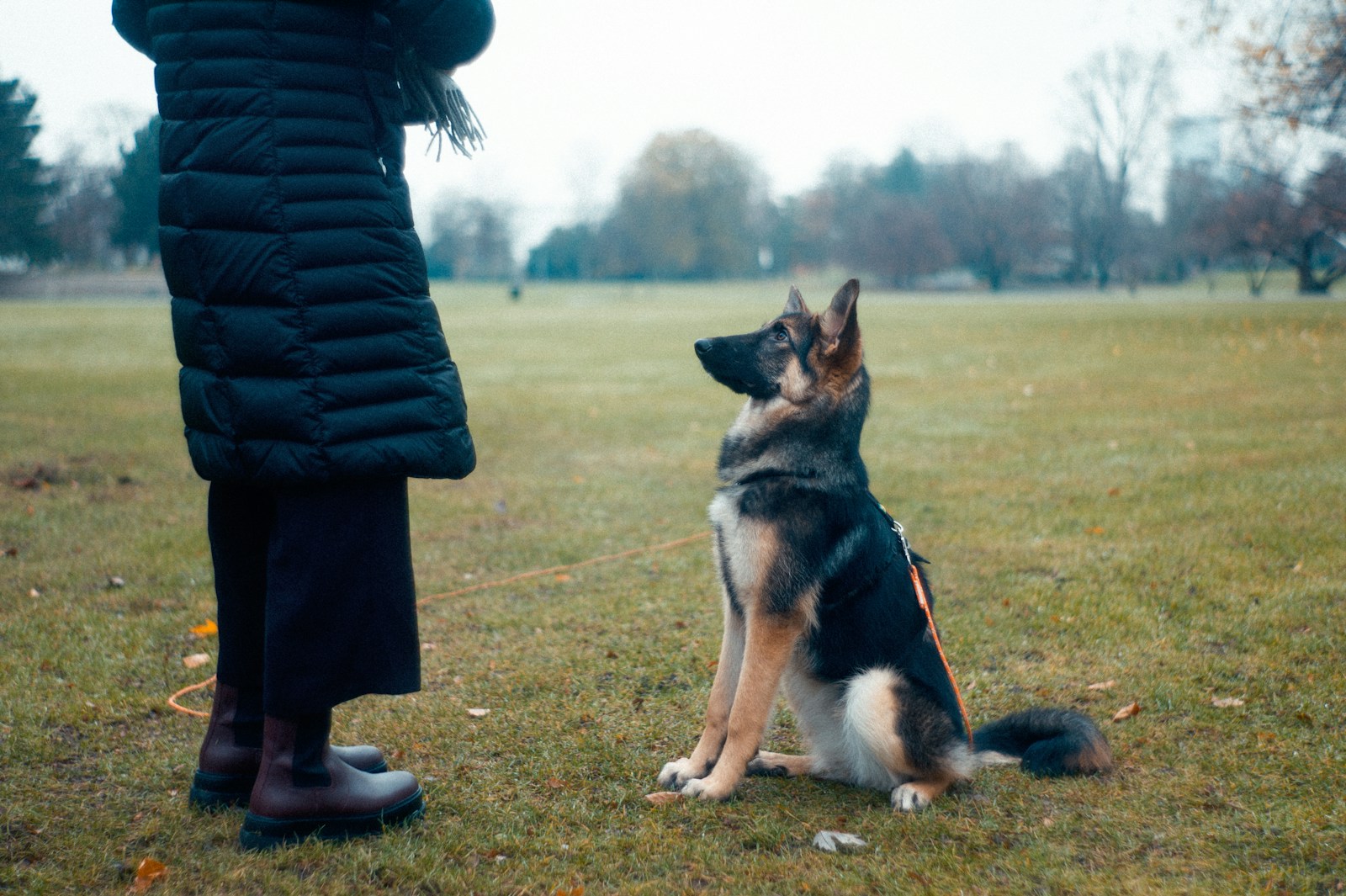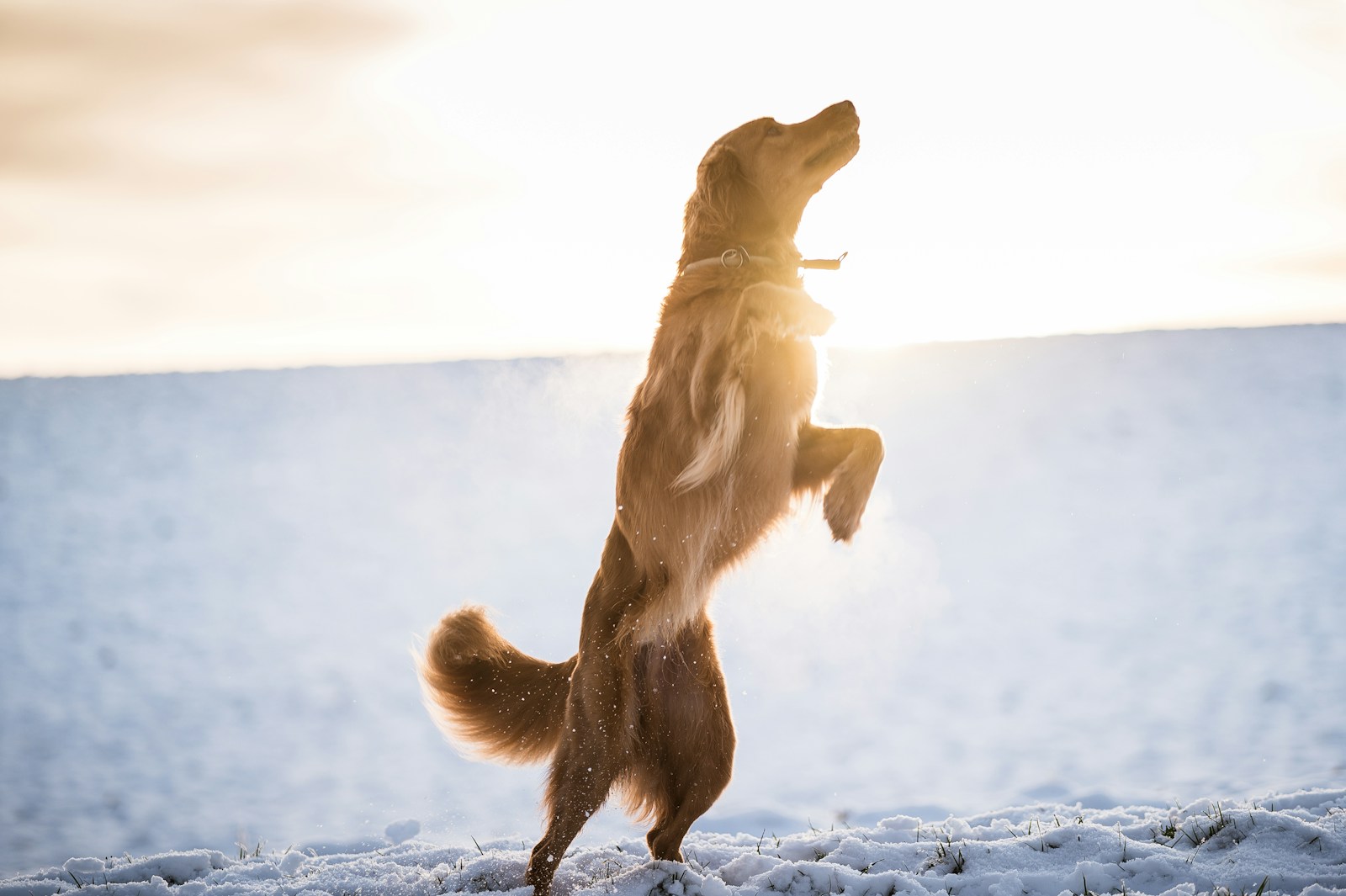Welcome to the wonderful world of puppy training! Bringing a new furry friend into your home is an exciting time, filled with joy and a bit of chaos. I remember when I first brought my little golden retriever puppy home, I quickly realized that training her was essential for a harmonious relationship. Puppies, like children, need guidance and direction to become well-behaved members of the family. This guide aims to provide you with everything you need to train your puppy like a pro.
Training a puppy is not only about teaching commands; it’s about building a strong bond and establishing trust. In this guide, I’ll share with you essential tips and tricks that cover everything from potty training to basic commands, and from socialization to problem-solving. By the end of this article, you’ll feel more confident and ready to unlock the secrets to having a well-behaved furry friend. So, let’s dive right in!
Getting Started with Puppy Training
Choosing the Right Time to Start Training
Puppy training should begin as soon as you bring your new companion home. It’s crucial to establish a routine early, which helps prevent bad habits from forming. Puppies are typically ready for training at around eight weeks old, and this is the perfect time to start teaching them basic commands and setting boundaries.
- Key Point: Early training establishes a routine and prevents bad habits.
Building a Strong Bond
The first step in training is to build a strong bond with your puppy. Spend quality time together, play, and be affectionate. This bond will make your puppy more receptive to your instructions and eager to please you.
- Key Point: A strong bond makes training easier and more effective.
Understanding Your Puppy’s Behavior
Understanding your puppy’s behavior is crucial for effective training. Puppies are naturally curious, and they explore the world through their senses. They also have a lot of energy, which means they need regular exercise and mental stimulation. Recognizing these traits helps you tailor your training approach.
- Key Point: Recognizing your puppy’s natural behavior helps tailor the training approach.
Setting Clear Boundaries
Puppies need to understand their boundaries from an early age. Establishing rules about where they can go and what they can do helps prevent problems later. Use baby gates or playpens to set physical boundaries and use consistent commands to set behavioral boundaries.
- Key Point: Clear boundaries prevent future problems.
Did You Know?
- Puppies have a sensitive period for socialization between three and fourteen weeks, during which they are more open to new experiences and people.
- Puppies have about 28 baby teeth, which they start losing at around 12 weeks of age, making them eager to chew on things.
Potty Training Your Puppy
Establishing a Routine
Potty training is often the first big hurdle in puppy training. Establishing a routine is key to success. Take your puppy outside first thing in the morning, after meals, and before bedtime. Consistent trips outside help your puppy understand when and where they should go.
- Key Point: Consistent potty trips reinforce where the puppy should go.
Using Positive Reinforcement
Positive reinforcement is crucial in potty training. Praise your puppy enthusiastically and offer a treat when they go in the right spot. This reinforces the behavior you want to see and makes the experience positive for your puppy.
- Key Point: Positive reinforcement encourages good behavior.
Supervising and Crate Training
Supervision is essential during potty training. Keep an eye on your puppy and look for signs they need to go, such as sniffing or circling. Crate training can also help, as puppies naturally avoid soiling their sleeping area.
- Key Point: Supervision and crate training help prevent accidents.
Dealing with Accidents
Accidents are bound to happen during potty training. When they do, clean up thoroughly to remove the scent and avoid punishment, as it can confuse the puppy. Instead, reinforce the positive behavior you want to see.
- Key Point: Clean up accidents thoroughly and avoid punishment.
Did You Know?
- Puppies can only hold their bladder for about an hour for every month of age, so a three-month-old puppy needs to go every three hours.
- Using enzymatic cleaners is important for removing the scent of accidents, which prevents repeated soiling in the same spot.
Teaching Basic Commands
Sit
The “sit” command is one of the most fundamental commands to teach your puppy. Start by holding a treat close to your puppy’s nose, then move your hand upward, causing their bottom to lower. As soon as they sit, say “sit” and give them the treat.
- Key Point: Use a treat to guide your puppy into the sitting position.
Stay
Once your puppy has mastered “sit,” you can move on to “stay.” Have your puppy sit, then open your palm in front of you and say “stay.” Take a few steps back and if they stay, reward them with a treat. Gradually increase the distance over time.
- Key Point: Use the “sit” command as a foundation for “stay.”
Come
The “come” command is important for your puppy’s safety. Start by sitting with your puppy and saying “come” while gently pulling on their leash. When they come to you, reward them with a treat and lots of praise.
- Key Point: Use treats and praise to make “come” a positive experience.
Down
The “down” command helps control your puppy’s excitement. Hold a treat in your closed fist and lower it to the ground. When your puppy lies down, say “down” and give them the treat. This command can take patience, so be consistent.
- Key Point: Lower the treat to the ground to encourage your puppy to lie down.
Did You Know?
- Teaching commands in short, frequent sessions (5-10 minutes) is more effective for puppies than longer sessions.
- The “come” command can be made more fun by using it during games of fetch or hide-and-seek.
Conclusion
Training a puppy requires patience, consistency, and a lot of love. By starting early and using positive reinforcement, you can teach your puppy essential commands and set the foundation for a well-behaved furry friend. Remember to establish a routine, build a strong bond, and have fun along the way. With these tips and tricks, you’ll be well on your way to mastering puppy training and unlocking the secrets to a harmonious relationship with your new companion.
FAQs
- When should I start training my puppy?
- You can start training your puppy as early as eight weeks old. Early training helps prevent bad habits.
- How long does it take to potty train a puppy?
- Potty training can take anywhere from a few weeks to a few months, depending on the puppy and the consistency of the training.
- What is the best way to train a puppy?
- The best way to train a puppy is through positive reinforcement, consistent routines, and patience.
- Should I use a crate for training?
- Yes, crate training can be very helpful for potty training and teaching your puppy to be comfortable alone.
- How do I stop my puppy from biting?
- Redirect your puppy’s biting behavior to appropriate chew toys and use consistent commands like “no” or “ouch” to indicate biting is not allowed.









5 thoughts on “Mastering Puppy Training: Essential Tips and Tricks”